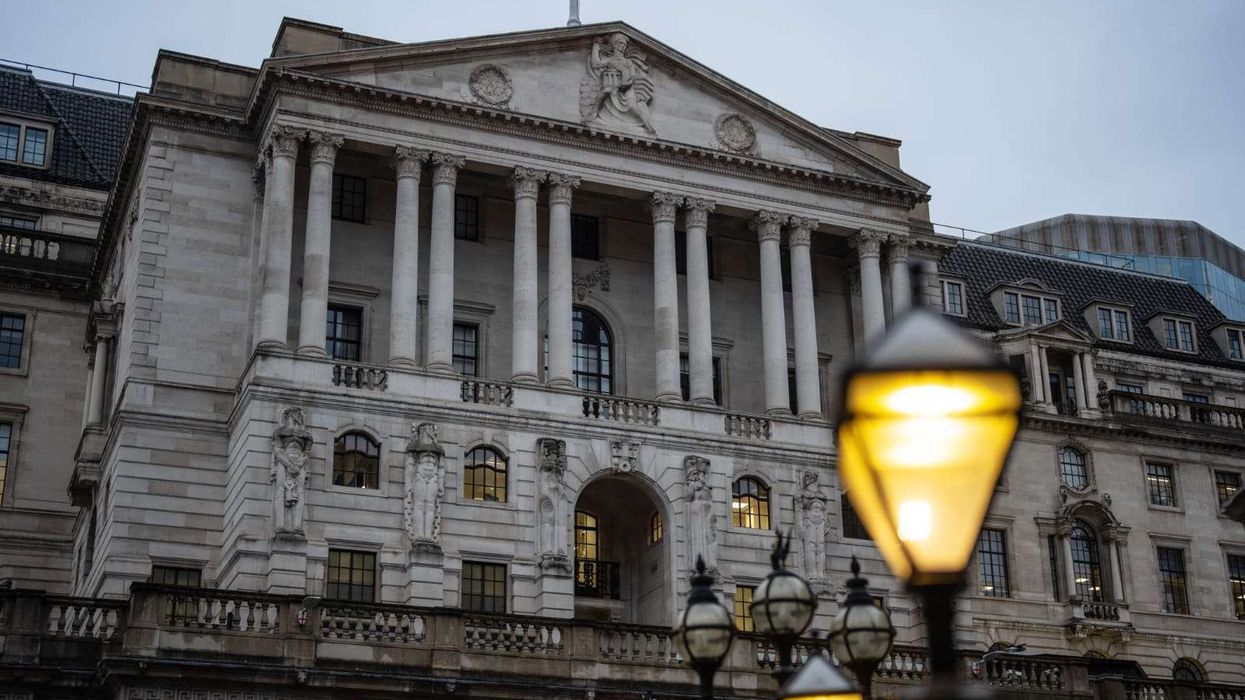BRITISH beverage exports to India climbed by 49.2 per cent to £179 million following robust demand in the year to February 2019, latest export data showed.
Non-EU countries were the top destination for British beverages, accounting for 63.4 per cent of all exports.
The US remains as the top destination for drinks from the UK, growing by 3.9 per cent to £1.8 billion.
The export of UK beverages, which include the British gin and Scotch whisky, climbed £8.3bn in the year to February 2019, increasing by seven per cent on the previous year.
The unprecedented demand for British soft drinks, wine and spirits has seen exports more than double in the past 15 years.
The UK boasted a healthy £1.6bn trade surplus in beverages.
Secretary of state for international trade, Dr Liam Fox, said: “Today’s figures show that despite the challenging global economic environment, people across the world are continuing to demand high-quality British exports.
“The UK’s drink industry has global appeal and it’s fantastic to see the sector continue to deliver real tangible economic benefits for the UK”.
Meanwhile, the total exports from the UK jumped £639.9bn in the year to February 2019, an increase of 3.1 per cent since the previous year.
The goods exports in the same period remained firm, rising by 3.5 per cent to £353.2bn.











